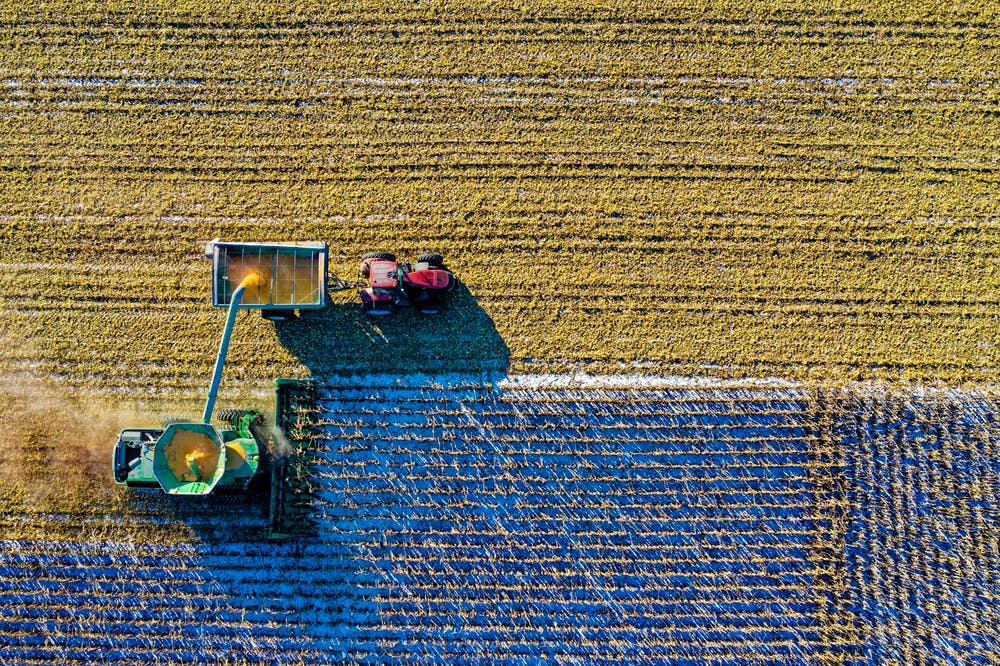By Kyle Shokeye // SWNS
NEWS COPY w/ VIDEO + INFOGRAPHICS
Forget grandma’s recipes, more people are relying on the internet for cooking guidance than their loved ones, according to research.
And while they’re searching for recipe inspiration, many are also walking away with how to find sustainable food options.
A recent study of 2,000 Americans looked at people’s food knowledge and found that more people turn to YouTube (35%) and food blogs (32%) for culinary tips and tricks over friends and family (21%).
While half of Americans rely on TV shows for the latest food trends, alternatives like social media (45%) and online blogs (42%) are nearly as popular, as the average person follows at least four food-related accounts on TikTok and other social platforms.
Conducted by OnePoll for the Marine Stewardship Council (MSC), the survey also found that three in five active social media users have been inspired by a post to make more environmentally sustainable food choices.
Nearly all of those respondents (91%) said they are likely to change their eating habits after learning about sustainable foods on social media.
Seventy-two percent also agree TV shows and social media are crucial when it comes to learning about how foods are sourced.
However, simply getting the information is half of the battle. While two-thirds agree it’s important to know if a food option they plan to purchase is environmentally sustainable, 59% said they’re not able to buy as many sustainable foods as they’d like to.
Many attributed this to lack of options they like (53%) and perceived cost (49%), while two in five said they don’t know how to identify environmentally sustainable foods.
Even though 64% believe the majority of foods they regularly eat have been sourced sustainably, there is a sharp decline in the number of people who said the same about the seafood they buy at grocery stores (27%).
“People want to make purchasing decisions that are good for the ocean and good for their family, but that choice doesn’t always feel easy to navigate. Independent certification labels on seafood provide one way to ensure you’re making an environmentally sustainable choice,” said Erika Feller, regional director for the Americas at the MSC. “These labels assess the sustainability of a particular fish population to make sure it has been caught following environmentally-friendly standards, and can be accurately traced back to a sustainable fishery.”
Upon not being able to find the right food option, 57% experience guilt after purchasing products that aren’t environmentally sustainable.
When asked about other food shopping challenges, two in five said they have trouble spotting greenwashing or food fraud, and nearly two-thirds (63%) don’t know how to identify if a claim on food sustainability is credible.
And while shopping locally has its benefits, 71% are aware that foods don’t have to be sourced locally to be environmentally sustainable.
“Marine Stewardship Council certified fisheries and sites are contributing to a healthier ocean by making improvements to the way they harvest fish to protect the wider ocean environment and other species” continued Feller. “In the last three years alone, certified fisheries have made 372 improvements to the benefit of endangered, threatened or protected species, stock status and harvest strategies, fishery management, government and policy, and ecosystems and habitats. These requirements help drive innovation and improve fishing practices.”
WHO/WHAT HAS MADE PEOPLE MORE CONFIDENT IN COOKING SEAFOOD IN THE LAST YEAR?
YouTube video- (33%)
Celebrity chef- (30%)
Facebook/Twitter post- (29%)
Food/cooking blog- (29%)
Instagram page- (27%)
Pinterest- (24%)
TikTok page- (23%)
Cookbook- (23%)
Friend or family member- (19%)
WHERE DO PEOPLE LEARN ABOUT ENVIRONMENTALLY SUSTAINABLE FOODS?
TV show- (35%)
Social media (TikTok, Instagram, etc.)- (34%)
On product packaging- (34%)
Online blogs/news sites- (34%)
On store signage where I buy my groceries- (31%)
Print newspapers, magazines, etc.- (27%)
Podcasts- (22%)
Radio- (22%)







